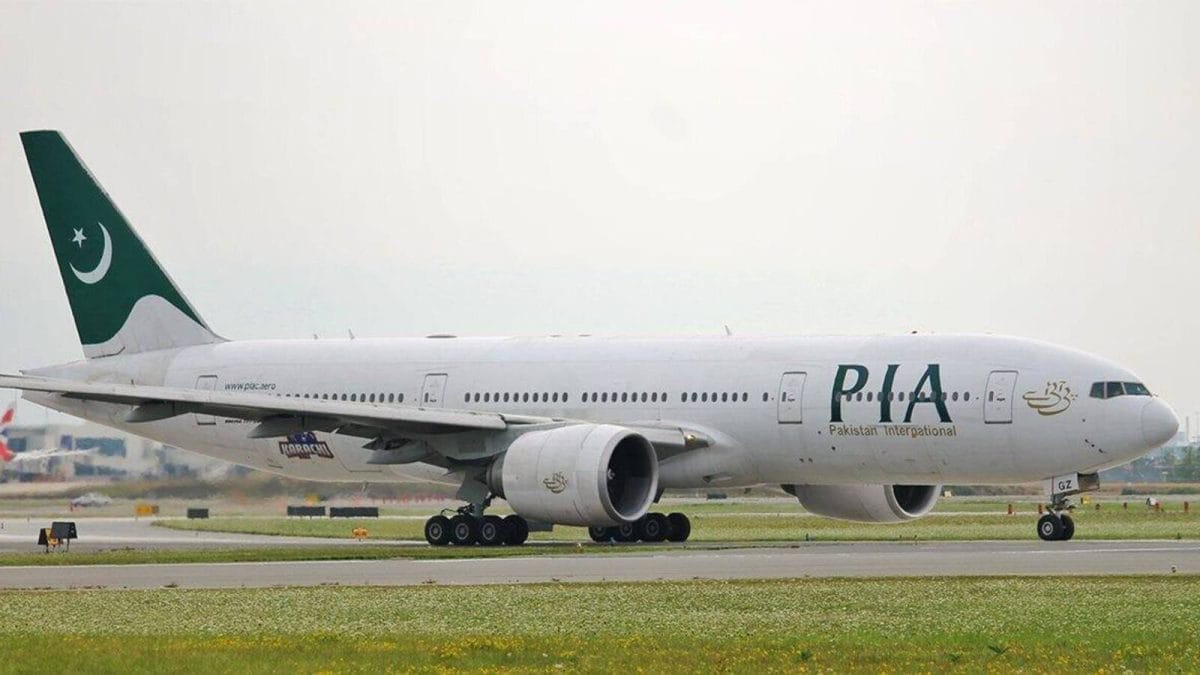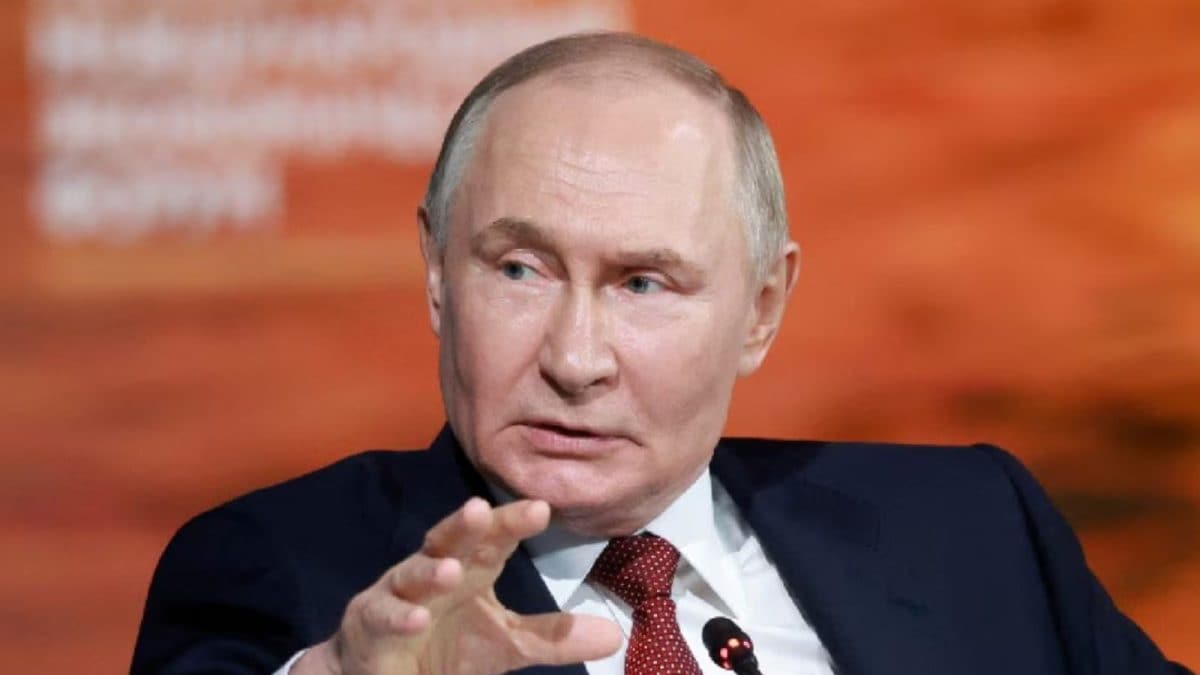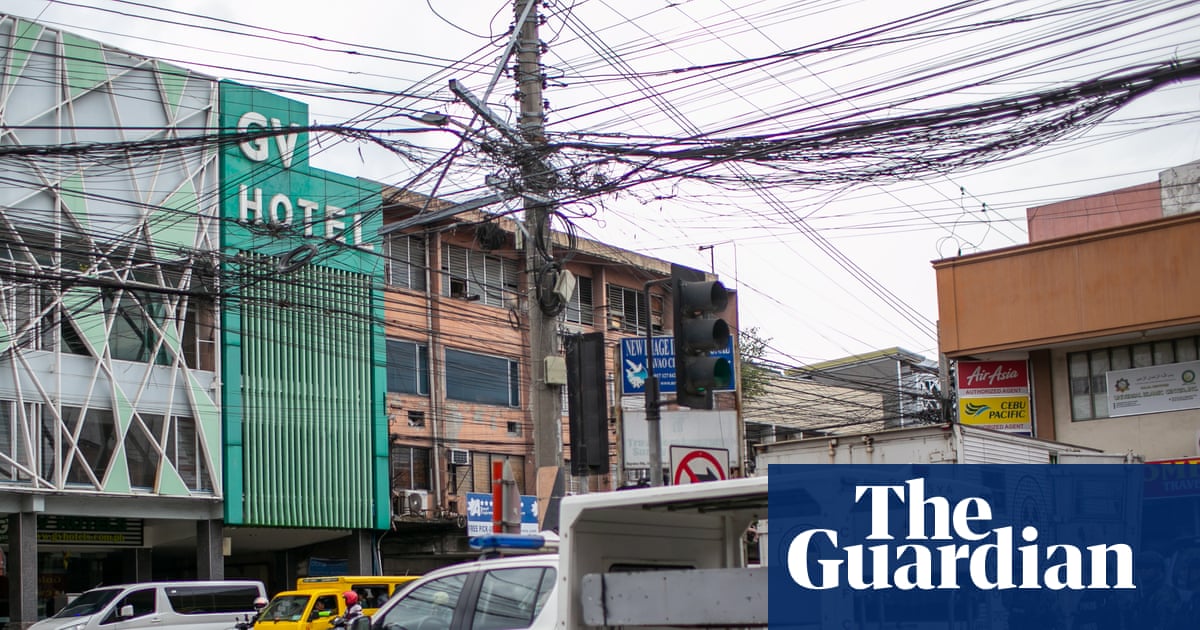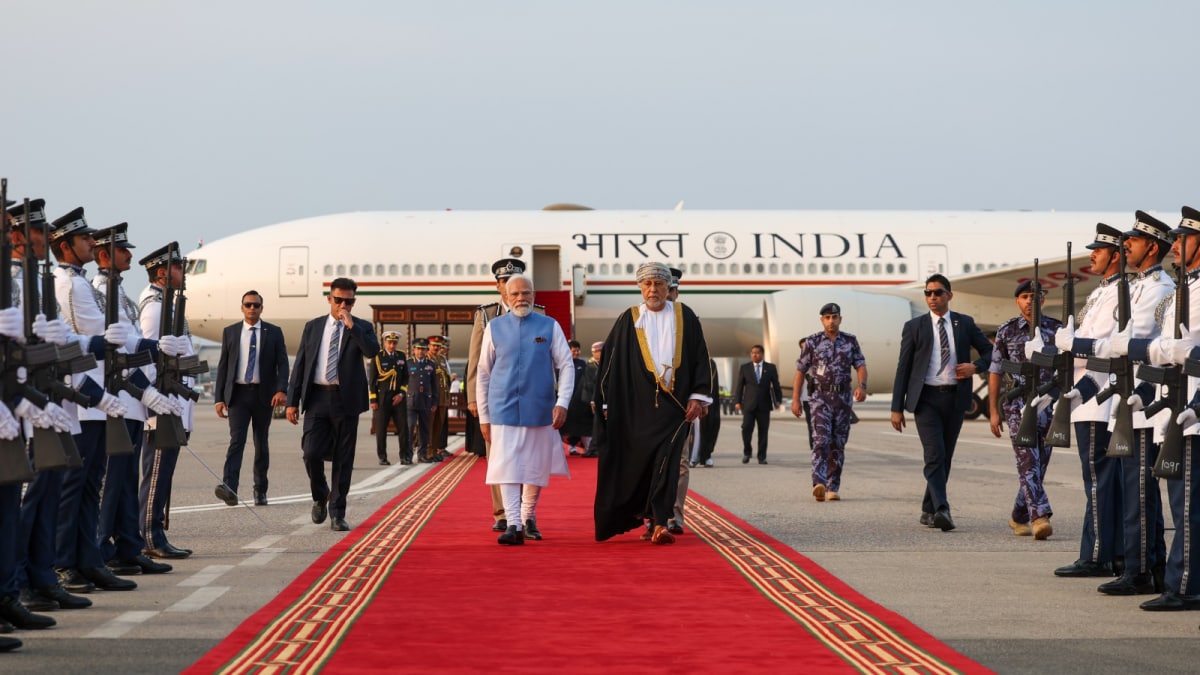The fatal Tejas crash in Dubai has dealt a sharp blow to India's indigenous fighter ambitions, casting doubt on export plans and deepening concerns about the Indian Air Force's shrinking squadron strength
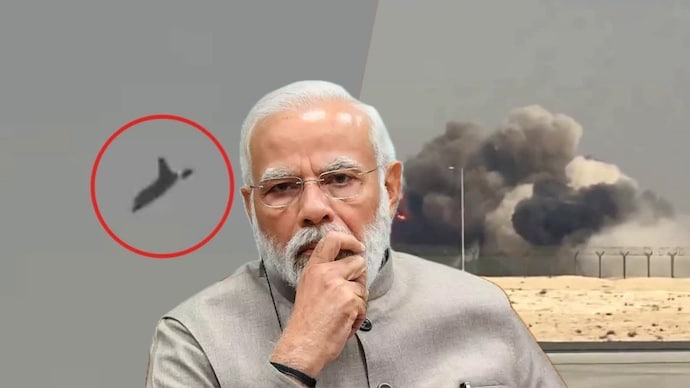
For India, the setback is particularly painful because the Tejas program represents decades of work to achieve strategic autonomy in fighter aircraft production.
India’s ambitions for its homegrown Tejas fighter jet suffered a significant blow this week after the aircraft crashed during a live flight display at the prestigious Dubai Airshow, one of the world’s biggest defence and aviation showcases. The accident, which killed Wing Commander Namansh Syal, occurred in full view of international arms buyers, military delegations and rival nations, instantly triggering concerns about the jet’s reputation, reliability and export prospects.
The cause of the crash remains under investigation, but experts say its impact is already reverberating across India’s defence ecosystem. “The imagery is brutal,” noted Douglas A. Birkey, executive director of the Mitchell Institute for Aerospace Studies. “Airshows are designed to project strength, capability and national pride. A crash sends the exact opposite message.”
For India, the setback is particularly painful because the Tejas program represents decades of work to achieve strategic autonomy in fighter aircraft production. Conceived in the 1980s to replace the ageing MiG-21 fleet, the project has battled technological delays, sanctions, redesigns and recurring challenges in domestic engine development. While Hindustan Aeronautics Limited (HAL) has a domestic order book of 180 Tejas Mk-1A fighters, deliveries have been repeatedly delayed due to supply chain constraints, including issues linked to GE Aerospace, which makes the jet’s engines.
With India’s fighter squadron strength reduced to 29 against an approved requirement of 42, the Indian Air Force (IAF) is facing a growing capability gap. Tejas was meant to play a crucial role in filling this gap, but the Dubai crash, combined with production delays, now raises questions about how quickly that promise can be fulfilled. According to IAF officials, the government is examining emergency purchases, potentially additional Rafale jets from France or even advanced fighters like the U.S. F-35 and Russia’s Su-57, both showcased at the event.
Beyond domestic concerns, the crash casts a shadow on India’s push to export the Tejas to friendly nations in Asia, Africa and Latin America. HAL recently opened an office in Malaysia to support pitches for the aircraft, but defence experts say prospective buyers may hesitate after such a high-profile accident.
The regional context adds another layer of complexity. Pakistan, India’s rival, participated in the same airshow and showcased its China-developed JF-17 Block III fighter jet. Islamabad also announced a provisional export deal with an unnamed “friendly country,” highlighting the competitive dynamics between the two South Asian neighbours. The JF-17 on display was paired with the PL-15E missile, the same family of Chinese weapons U.S. and Indian officials claim shot down an Indian Rafale during last year’s aerial clash.
Analysts stress, however, that the long-term value of the Tejas program extends far beyond any single incident. The indigenous jet has laid the technological groundwork for India’s next-generation stealth fighters, unmanned combat aircraft and the broader expansion of its aerospace industry.
Still, the Dubai Airshow incident poses a critical question: can Tejas quickly recover the trust and momentum it needs, or has this public setback complicated India’s fighter jet roadmap at a decisive moment for national security?
India will now face the task of restoring confidence in its flagship fighter, even as global buyers and strategic rivals watch closely.
- Ends
Published By:
indiatodayglobal
Published On:
Nov 25, 2025

 3 weeks ago
3 weeks ago

